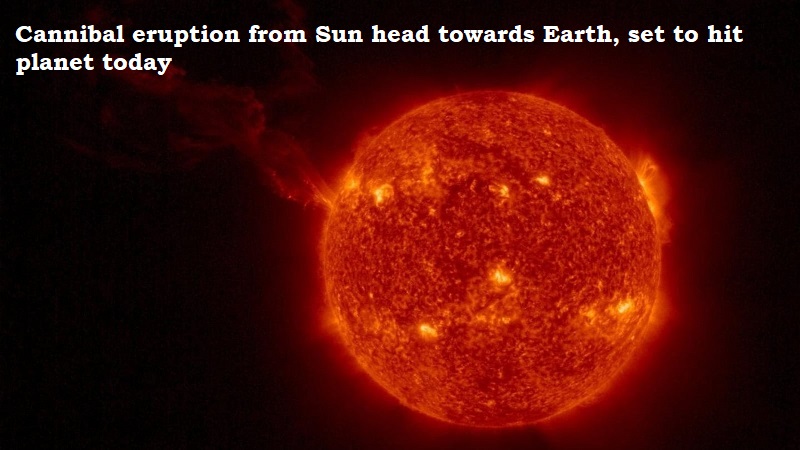
As the Sun approaches the culmination of its solar cycle, activity on it continues to increase.
The star is ejecting many Coronal Mass Ejections (CMEs) in Earth’s direction, and the National Oceanic and Atmospheric Administration (NOAA) in the US has forecast that a major eruption will strike Earth on Tuesday.
A G2 class geomagnetic storm is anticipated as a result of the Cannibal eruption, which might also impact radio frequencies and cause intense auroras.
A geomagnetic storm is a significant disruption of the magnetosphere that happens when energy from the solar wind is exchanged very effectively into the space environment around Earth.
On the other side, a coronal mass ejection is a significant discharge of plasma and magnetic field from the Sun’s corona. Billions of tonnes of coronal material can be ejected by them. CMEs leave the Sun at speeds that range from slower than 250 km/s to close to 3000 km/s.
The Solar Dynamics Observatory, which has been monitoring changes on the star in our solar system, observed the Sun hurling powerful solar flares on Tuesday about 1:55 am.
The flare was categorised as an X1 flare; while X stands for the strongest type of flare, the number tells us more about the flare’s power.

Post Your Comments